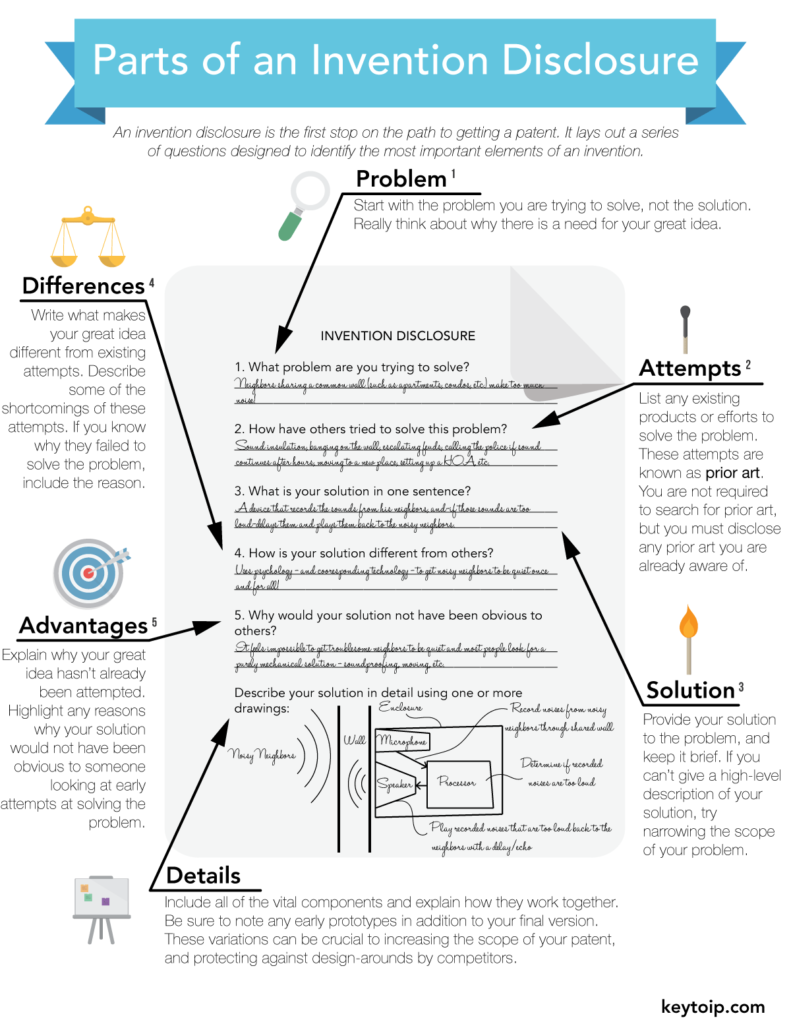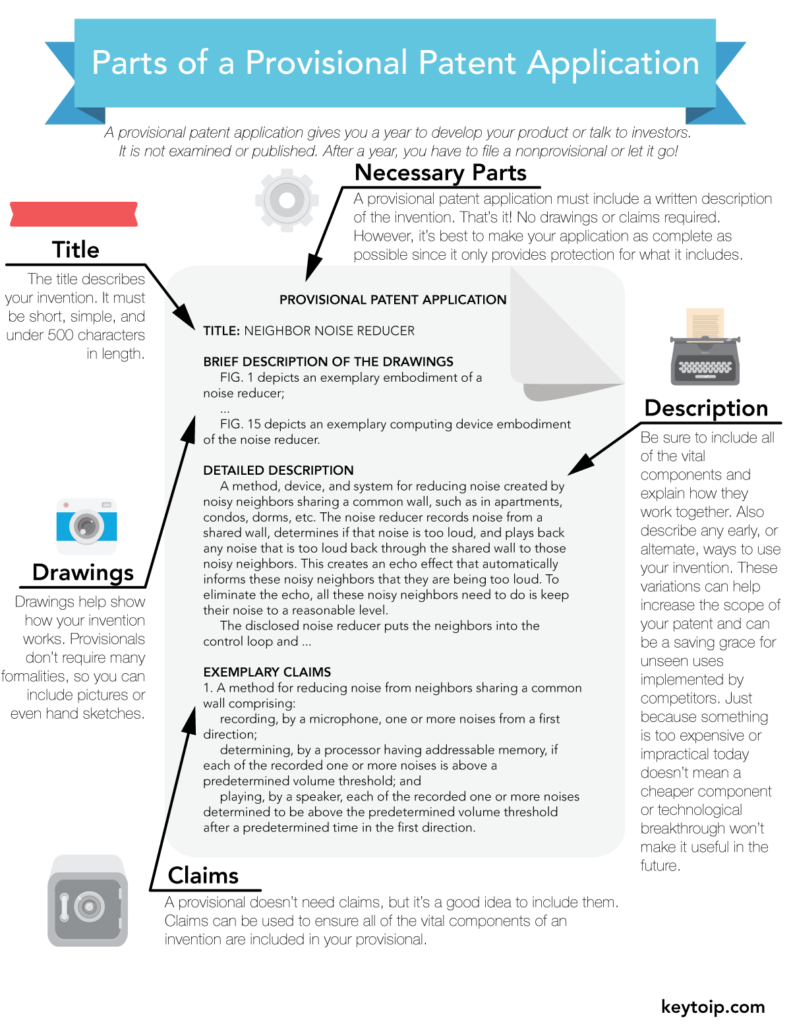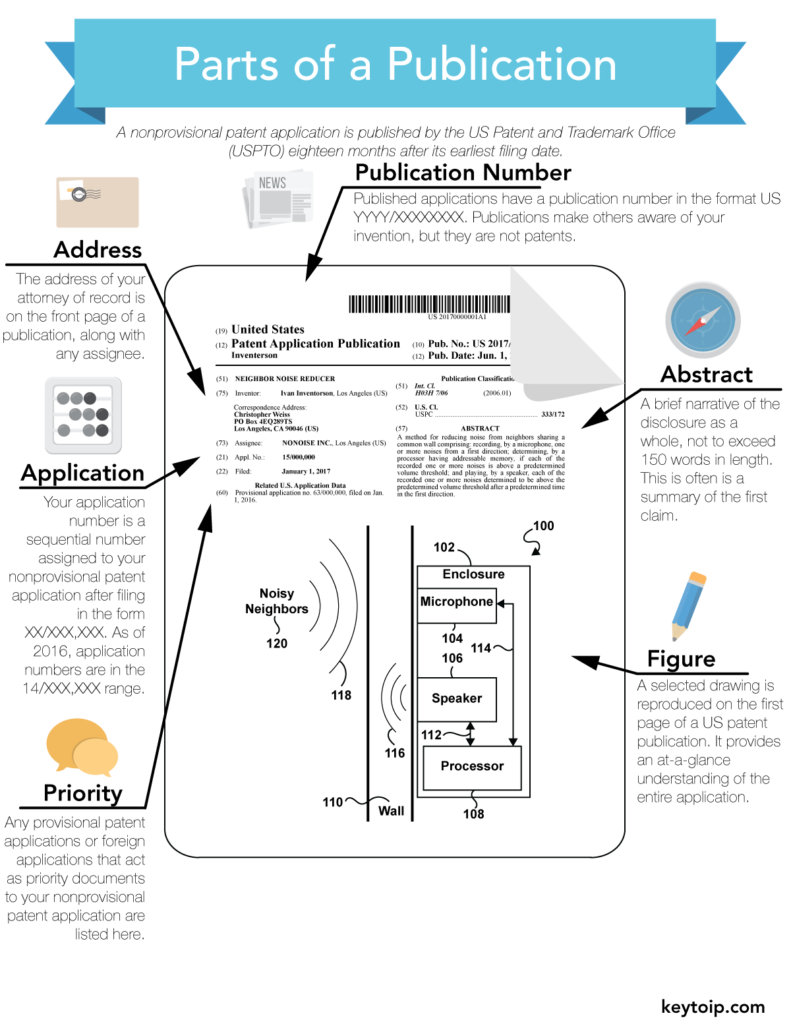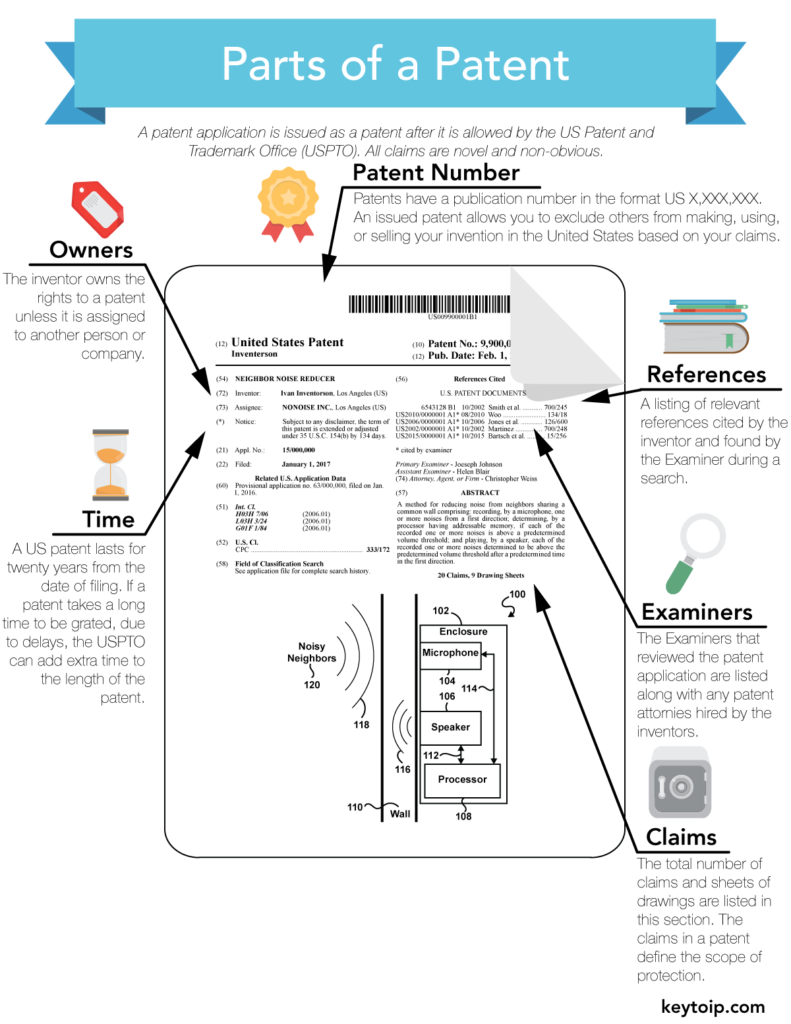
Patents
Learn about patentsUtility Patent
A utility patent protects the useful parts of an invention.
Utility patents can be granted to anyone who invents or discovers any new and useful process, machine, article of manufacture, or composition of matter, or any new and useful improvement. If it’s useful, it’s a utility patent.
When people say they want to get a patent, they are generally talking about a utility patent.
Utility Patent = Patent (generally)
Design Patent
A design patent protects the aesthetic parts of an invention.
Design patents can be granted to anyone who invents a new, original, and ornamental design for an article of manufacture. If it’s ornamental, it’s a design patent.
To put it simply, design patents cannot have utility. Or, even more simply, design patents must literally be useless.
Design Patent = Use-less (*literally, but still valuable)
If an invention has both useful and ornamental features, then the useful features can be protected by a utility patent and the ornamental features can be protected by a design patent.
So, how a phone works can be protected by utility patents and how the phone looks can be protected by design patents.
Plant Patent
A plant patent protects a plant.
Plant patents can be granted to anyone who invents or discovers and asexually reproduces any distinct and new variety of plant.
There is a simple test you can use for plant patents. Take a look at your idea. Is it a plant?
No. Good, now stop thinking about plant patents.
Elements You’ll See in Patent Documents
- 01
Parts of an Invention Disclosure
An invention disclosure is the first stop on the path to getting a patent. It lays out a series of questions designed to identify the most important element of an invention.
- 02
Parts of a Provisional
A provisional patent application gives you a year to develop your product or talk to investors. It is not examined or published. After a year, you have to file a nonprovisional or let it go!
- 03
Parts of a Nonprovisional
A nonprovisional patent application is examined by the US Patent and Trademark Office (USPTO). If it is novel and non-obvious then it issues as a patent.
- 04
Parts of a Publication
A nonprovisional patent application is published by the US Patent and Trademark Office (USPTO) eighteen months after its earliest filing date.
- 05
Parts of a Patent
A patent application is issued as a patent after it is allowed by the US Patent and Trademark Office (USPTO). All claims are novel and non-obvious.







